Official government website of the Government of the Kingdom of Saudi Arabia
Links to official Saudi websites end withgov.sa
All links to official websites of government agencies in the Kingdom ofSaudi Arabia end with .gov.sa
Government websites use theHTTPSprotocol for encryption and security.
Secure websites in the Kingdom of Saudi Arabia use the HTTPS protocolfor encryption.
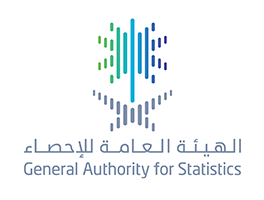
Industrial Production Index Increases by 3.2 % in April 2023
12-06-2023
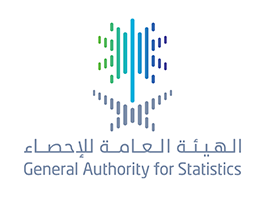
GASTAT: Saudi Economy Grows by 3.8% in Q1/2023
08-06-2023
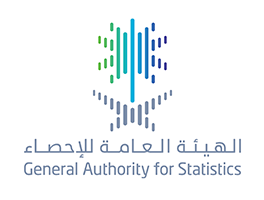
GASTAT Publishes International Trade Report for Q1 of 2023
01-06-2023
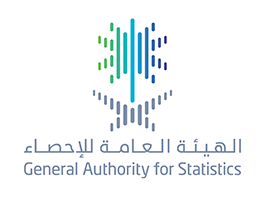
Industrial Production Index Increases by 4.1% during March 2023
11-05-2023
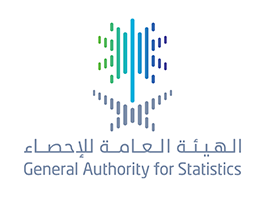
GASTAT Publishes International Trade Report for Q1 of 2023
09-03-2023
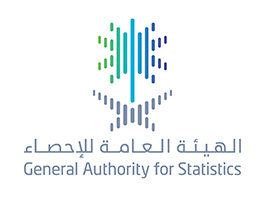
Industrial Production Index Increases by 6.8% in January 2023
09-03-2023
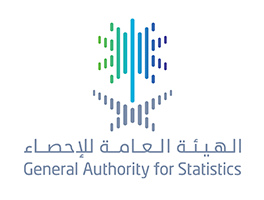
GASTAT: Industrial Production Index Increases by 7.3% in December 2022
09-02-2023
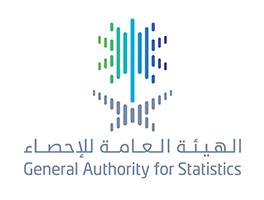
Total expenditure on research and development in Saudi Arabia reaches 14.5 billion in 2021
08-02-2023
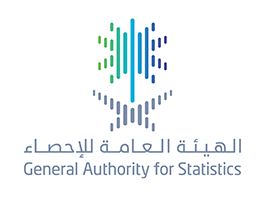
Saudi Economy Grows by 8.7% in 2022 and 5.4% in Q4/2022
07-02-2023

Industrial Production Index Increases by 3.2 % in April 2023
12-06-2023

GASTAT: Saudi Economy Grows by 3.8% in Q1/2023
08-06-2023

GASTAT Publishes International Trade Report for Q1 of 2023
01-06-2023

Industrial Production Index Increases by 4.1% during March 2023
11-05-2023

GASTAT Publishes International Trade Report for Q1 of 2023
09-03-2023

Industrial Production Index Increases by 6.8% in January 2023
09-03-2023

GASTAT: Industrial Production Index Increases by 7.3% in December 2022
09-02-2023

Total expenditure on research and development in Saudi Arabia reaches 14.5 billion in 2021
08-02-2023

Saudi Economy Grows by 8.7% in 2022 and 5.4% in Q4/2022
07-02-2023